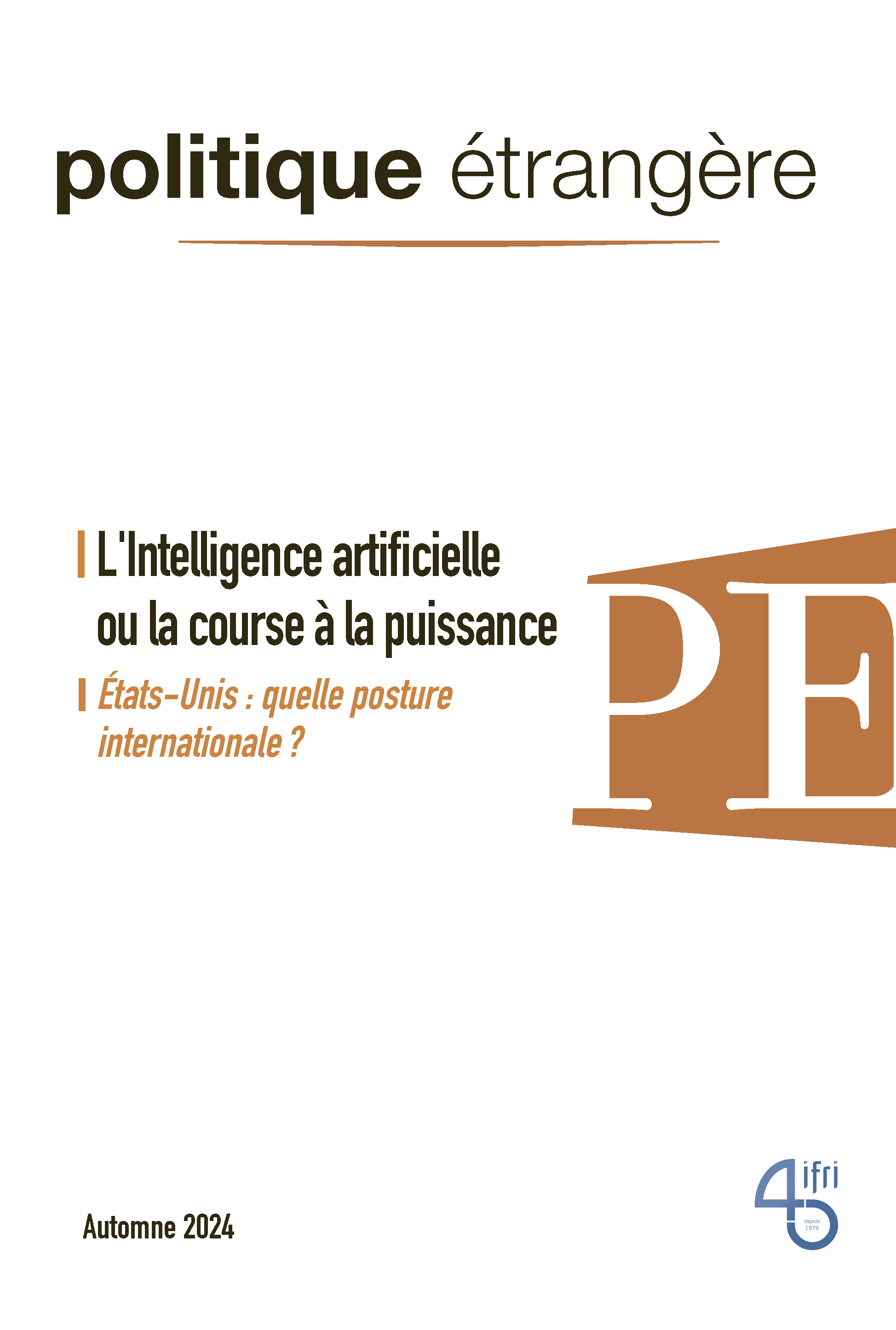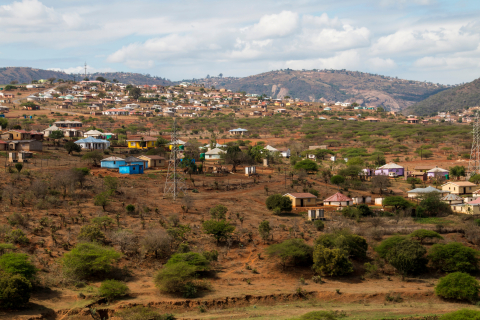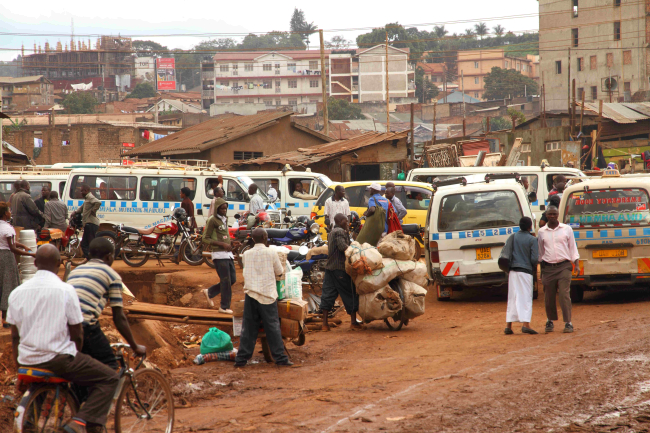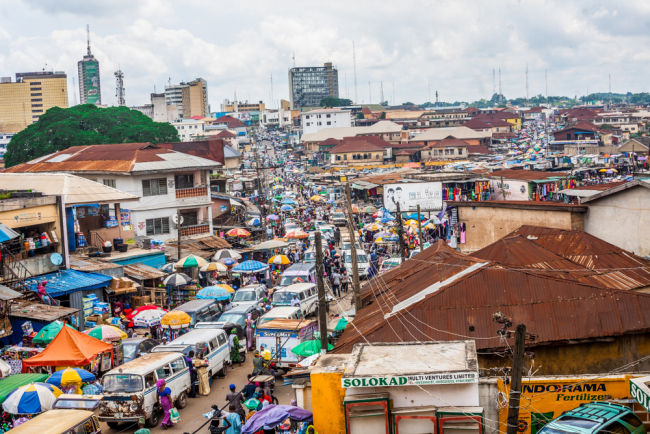The Influence of Strategic Subnational Diplomacy in International Relations
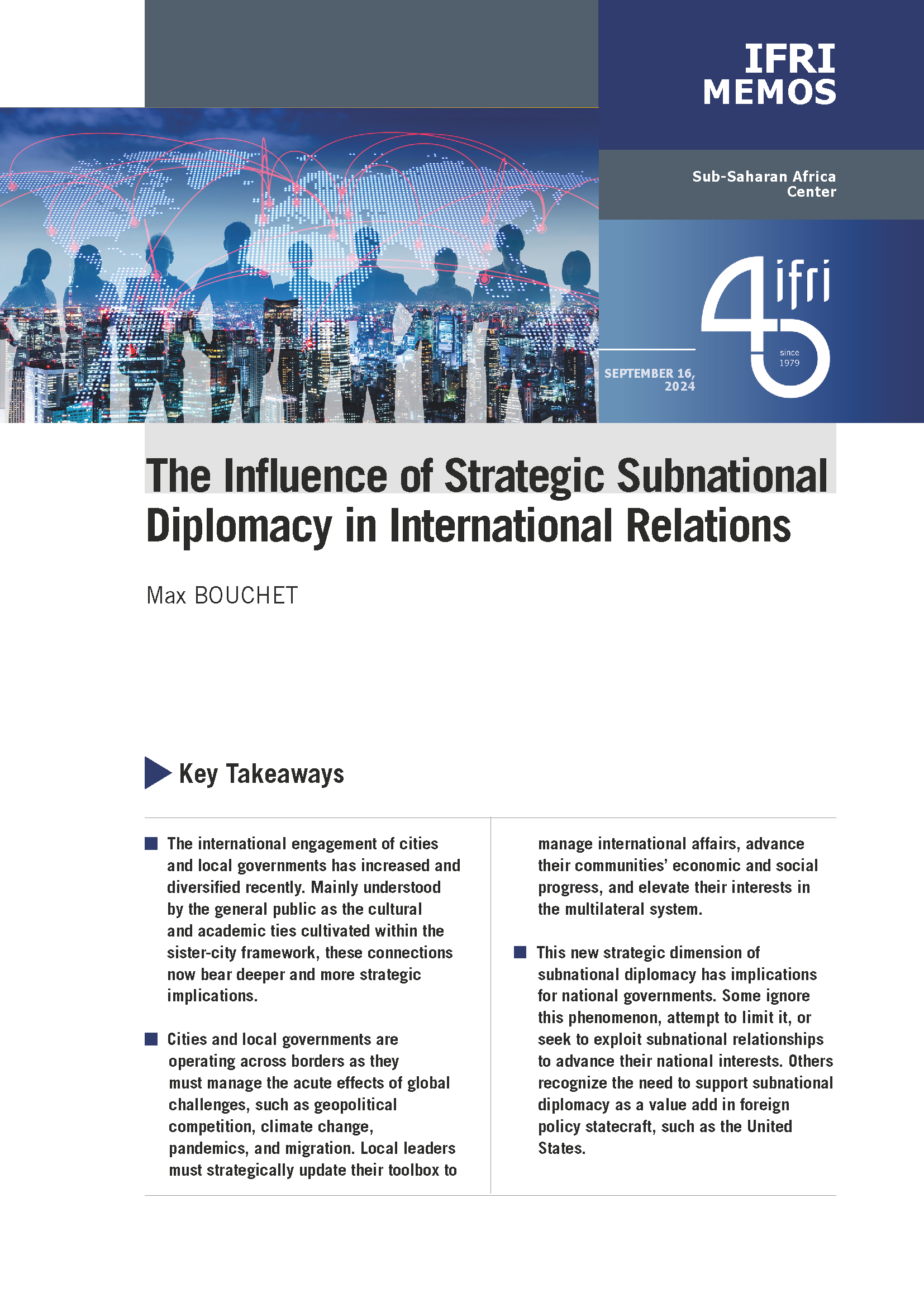
The international engagement of cities and local governments has increased and diversified recently. Mainly understood by the public as the cultural and academic ties cultivated within the sister-city framework, these connections now bear deeper and more strategic implications.

Cities and local governments are operating across borders as they must manage the acute effects of global challenges, such as geopolitical competition, climate change, pandemics, and migration. Local leaders must strategically update their toolbox to manage international affairs, advance their communities’ economic and social progress, and elevate their interests in the multilateral system.
This new strategic dimension of subnational diplomacy has implications for national governments. Some ignore this phenomenon, attempt to limit it, or seek to exploit subnational relationships to advance their national interests. Others recognize the need to support subnational diplomacy as a value add in foreign policy statecraft, such as the United States.

Also available in:
Themes and regions
ISBN / ISSN
Share
Download the full analysis
This page contains only a summary of our work. If you would like to have access to all the information from our research on the subject, you can download the full version in PDF format.
The Influence of Strategic Subnational Diplomacy in International Relations
Related centers and programs
Discover our other research centers and programsFind out more
Discover all our analysesGulf States: A Paradoxical Economic Lifeline for Sudan
For decades, Gulf states have provided crucial financial assistance to Sudan. Gulf interest in Sudan is driven by economic benefits and geopolitical competition, though each country has its own interests and approach.
Understanding Intermediate Cities in Nigeria: The Cases of Ibadan and Abeokuta
Nigeria is known for its rapid demographic and urban growth.
Nigeria’s Oil Wealth and International Relations: Multilateral and Bilateral Lending and Decolonial Therapies
Before Angola surpassed Nigeria as Africa’s top oil producer in April 2023, Nigeria was Africa’s main oil exporter even before the country gained independence in 1960.
Japan’s Africa policy: Back to basics in times of crisis
Addressing remotely the 8th Japan-Africa TICAD Summit held in Tunis between August 27th and 28th, Japanese Prime Minister Fumio Kishida pledged $30 billion in public and private contributions to the African continent over the course of the next three years. This is a quite a remarkable move, as no specific amount was mentioned by the late Prime Minister, Shinzō Abe, at the previous TICAD 7 in 2019. By doing so, Japan aims at demonstrating that its commitment to Africa is solid and sustainable: its traditional approach towards a human-centered development is more relevant than ever in these times of crisis (between the pandemic, the war in Ukraine, and the adverse effects of climate change), and clearly marks a difference from China’s practices.


